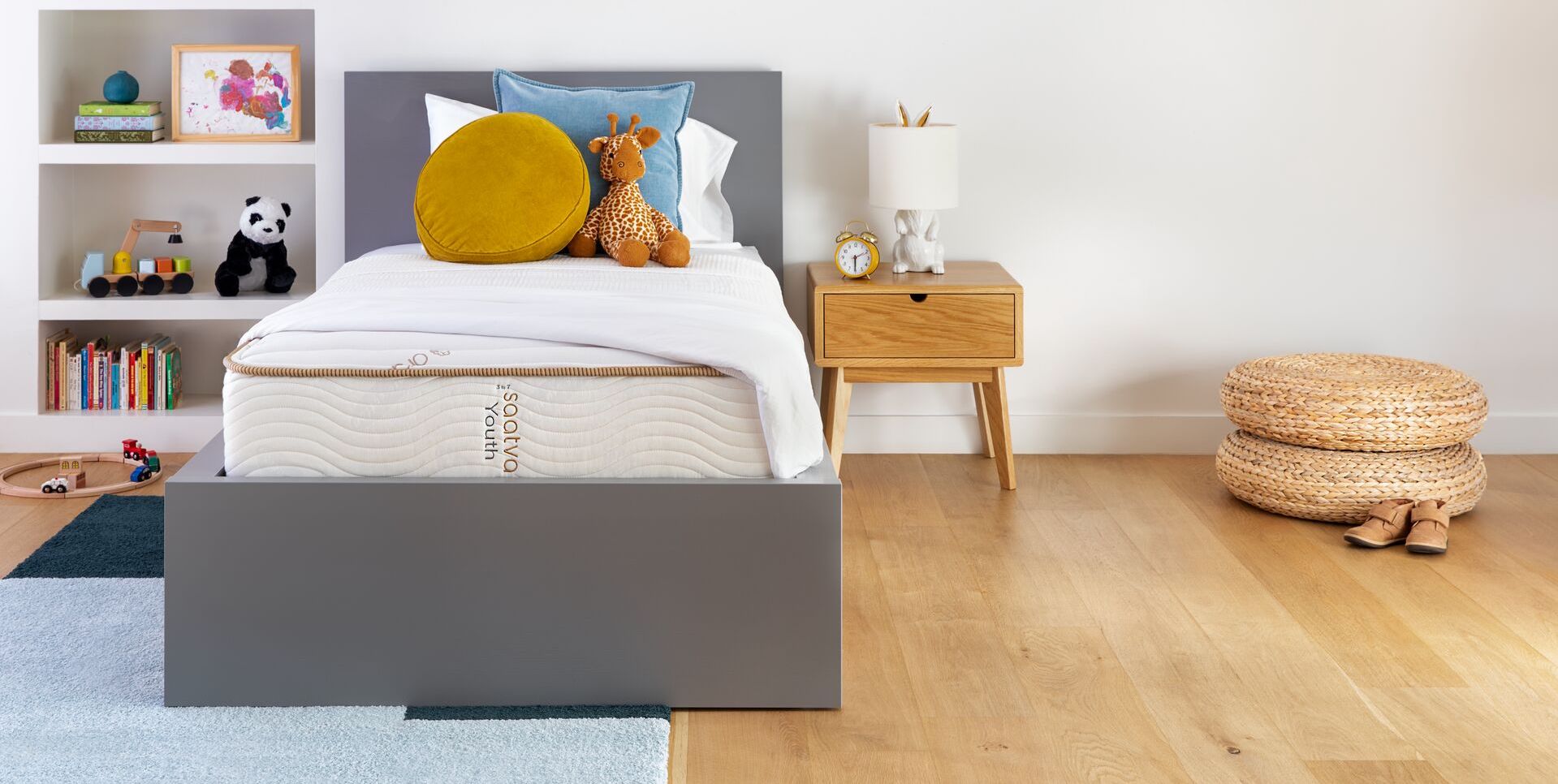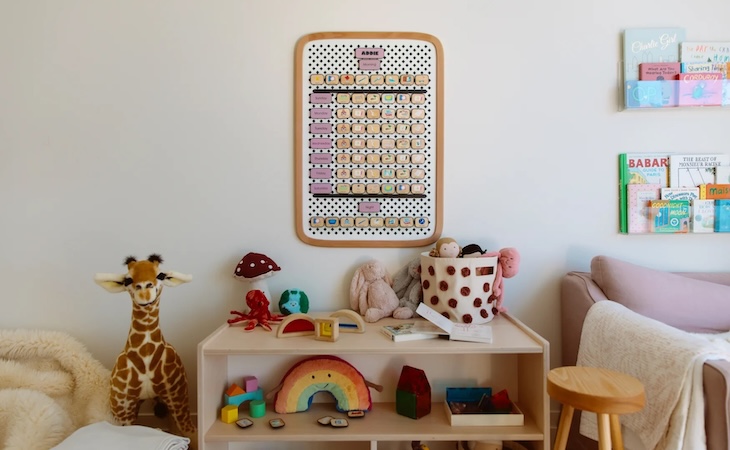Spring break is a great time to travel together as a family or simply enjoy time off to recoup and relax. But the change in routine can throw your child’s sleep schedule out of whack—which might come back to bite you when it’s time to return to school.
Take a look at these spring break sleep tips from a pediatrician that explain how to help your child sleep better during spring break.
Spring break sleep tips for the family
Know the routine
“Kids thrive off of routines,” says Ashanti Woods, MD, a pediatrician at Mercy Family Care Physicians in Baltimore. “They typically are not fond of routines when the routine is being created—but in the big scheme of things, they need a routine. There’s a reason that the school day is set up the way it is. They need it to function.”
A change in routine is a major reason why holidays like Christmas break or spring break can disrupt your child’s sleep schedule. Before spring break rolls around, make sure you have a good idea of your child’s usual routine.
Check in with their daycare or school to see how a typical day flows. This will allow you to stick as closely to that usual routine as you possibly can.
“Something as easy as knowing when quiet time occurs—if that usually happens in the school day around 1 pm, but you think you might do that at 2 pm, you might have a very irritable child and not know why,” Woods explains.
Be flexible
It’s helpful to follow your child’s normal routine during spring break as much as you can. But sometimes, especially on long travel days, you might not have much control over your kids’ downtimes. That’s where flexibility comes in.
“Plan ahead using what you know,” Woods recommends. For example, if you know your child’s usual nap time is 11 am, consider heading out on your road trip at 10 am so they’ll be prepared to fall asleep as you hit the highway.
You can also try using distractions such as a toy or a new iPad app. But, Woods adds, “Be flexible—give yourself some grace.”
Practice sleep hygiene
“Establishing a good sleep routine and practicing sleep hygiene is essential from early on,” Woods says. As early as infancy, he emphasizes creating a routine using the five Bs of sleep:
- 1: Bath. First, give your child a bath. Woods supports a baby getting a bath every day once they reach 2 months of age.
- 2: Body massage. The next step is a body massage with skin-appropriate lotions or moisturizers.
- 3: Brushing teeth. For babies who don’t have teeth yet, take a soft cloth and wipe their mouth.
- 4: Book. Read a book to your child.
- 5: Bottle or breast. Infants may receive one last feeding. This fifth B is removed as children get older.
Finally, you reach the ultimate B: going to bed! Following this routine as much as possible no matter where you are can help your child wind down for bed.
Use a supplement if needed
For children who are struggling to sleep, a supplement might be recommended.
“It is very common for children to experience some temporary anxiety in a new sleep environment,” Woods says. “We try to see if we can get through it without the use of medicine or a supplement. But if it appears we’re having significant difficulty, pediatricians support adding a supplement of melatonin.”
Children who are a minimum of 2 years old can be given a dose of melatonin one to two hours before bed. Start with a 1-milligram dosage and safely work up to 3 milligrams if needed.
If you’re going out of town for spring break and concerned about your child’s sleep, touch base with your pediatrician before leaving town to ask if you can give a low dose of melatonin if needed.
Add a buffer
If possible, give your family one to two days as a buffer between spring break and going back to school. This extra day or two is a great time to reinstate your usual good sleep habits, getting back into a normal routine to be fresh for that Monday start.
Don’t stress
Woods’ final piece of advice? Don’t stress yourself out too much.
“If it doesn’t go according to plan, it’s OK,” he says. “Once we go to school for a day or two or three, I anticipate those normal sleep patterns will return. So don’t stress! It will work itself out.”
Be as prepared as you can going into spring break. But at the end of the day, be willing to book that cheaper early flight or make that late-night ice cream run. You and your child might be dragging the next day. The memories you’re making, however, will last a lifetime.
FAQs
How do I help my child who is struggling to sleep?
Implement a bedtime routine and follow it consistently every night. Children who are really struggling to sleep might benefit from a small dose of melatonin, but check with your pediatrician first.
What can I give my child instead of melatonin?
Safe alternatives to melatonin for kids include daytime exercise, a consistent bedtime routine, or chamomile tea. Check with your pediatrician before giving any further sleep supplements.
What helps kids go to sleep and stay asleep?
Practice good sleep hygiene by winding down for bed with a consistent, screen-free routine. If needed, ask your pediatrician if you can give your child a dose of melatonin to help with sleep.
How can I improve my child’s bedtime?
Create a bedtime routine based around the five Bs: bath, body massage, brushing teeth, book, and (for infants) bottle or breast.
It’s essential to keep a consistent sleep routine for your kids over summer break as well. Here’s how to keep your child’s sleep schedule on track during the summer.






